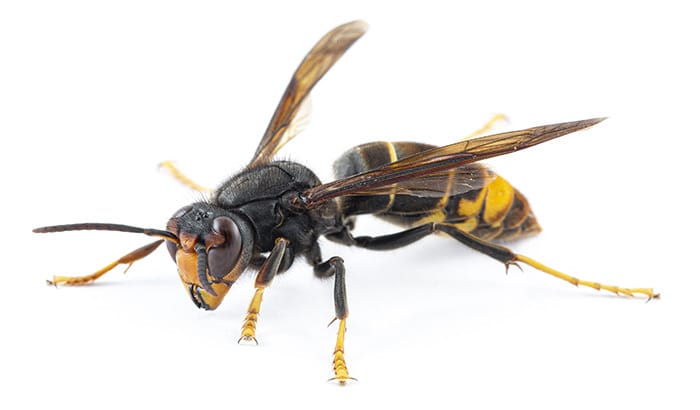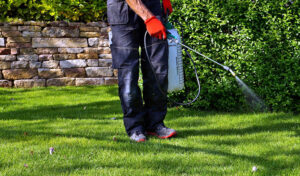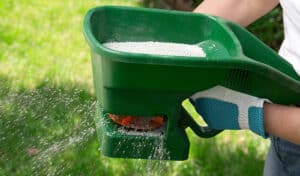You may most likely know hornets by their yellow and black stripes and protective instincts, flying around protecting their hives.
Today, we’re sharing all the important information about them to ensure you understand the importance of avoiding hornets.
Appearance:
Wasps are generally the size of a paper clip or 1.25 inches and can fly at fast speeds. You can usually spot them with yellow and black stripes; however, it’s important to note that they have different looks depending on species. They have very potent stingers and are aggressive when it comes to protecting their hive.
Diet:
Tree sap is a common favorite of these tiny creatures, but they are also immaculate hunters. They hunt and eat other bees, flies, and insects.
Habitat:
Wasps construct their hives by chewing up wood into a papery substance they use to build with. Since they’re so protective of their home, it’s the main reason why you should avoid hornets. They’re harmless to humans, unless they’re provoked; if this occurs, they mayreact by stinging. This can be deadly for those who may be allergic to a hornet sting. You can often find their hives located in bird nest boxes, hollow walls, and corners of sheds or garages.
Population:
Across the world, there are about 20 different hornet species.They can be found in countries such as Asia, Africa, North America, and Europe.
Types of Hornets:
There are a vast variety of different types of hornets. European Hornets do not look like the regular run of the mill hornet. They have a head that’s yellow and red and their bodies are mostly yellow with black stripes. Their legs are also black and brown. The Asian Hornet is smaller and has an orange head if viewed from the top. Its body is mostly black with small yellow stripes and its legs have yellow tips on them. Unlike the European Hornet, if you see an Asian Hornet, you must report it through the Asian Hornet Watch App.
Life Cycle:
Hornets don’t live a long life, and their lifespan is usually a couple of months. In colder habitats and states where they roam, they’ll leave their nests in the winter. The queens are the only hornets who stay behind with their eggs. In order to survive, they’ll find shelter under tree bark or in other cozy spots. When it gets warmer in the springtime, the queen will build a new nest, and her babies will mature and take on the chores and roles of the new hive. After this happens, her main role is reproduction to bring on new hornets to populate the hive and start the life cycle over before she dies.
Contact Summit Lawn & Pest Control
With all we know about the yellow and black phenomenon, it’s best to avoid hornets altogether. If you need assistance taking care of a hive, Summit Lawn & Pest Control are your experts in the field. We offer no-obligation quotes for your specific situation.
If you’re located in Orem or the greater Utah County area in Utah, you can reach us by phone at (801)-473-9926. Contact us today!







